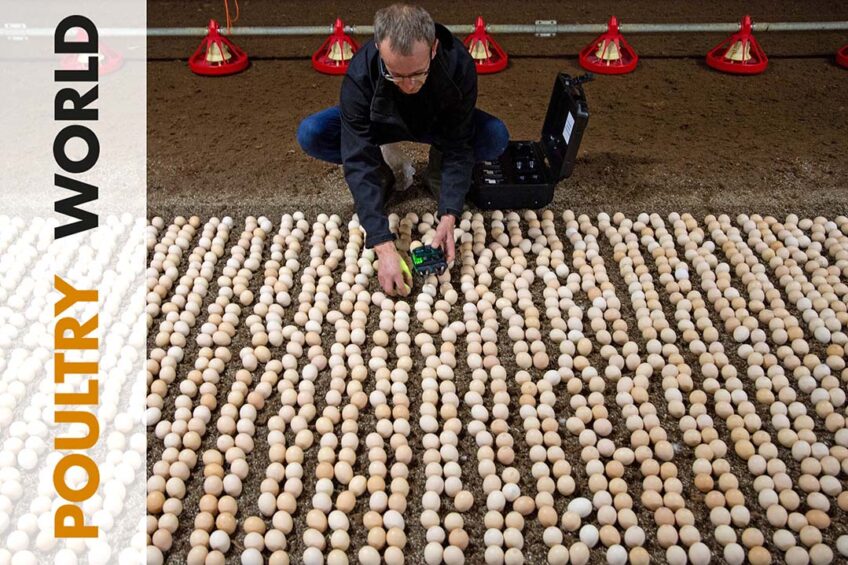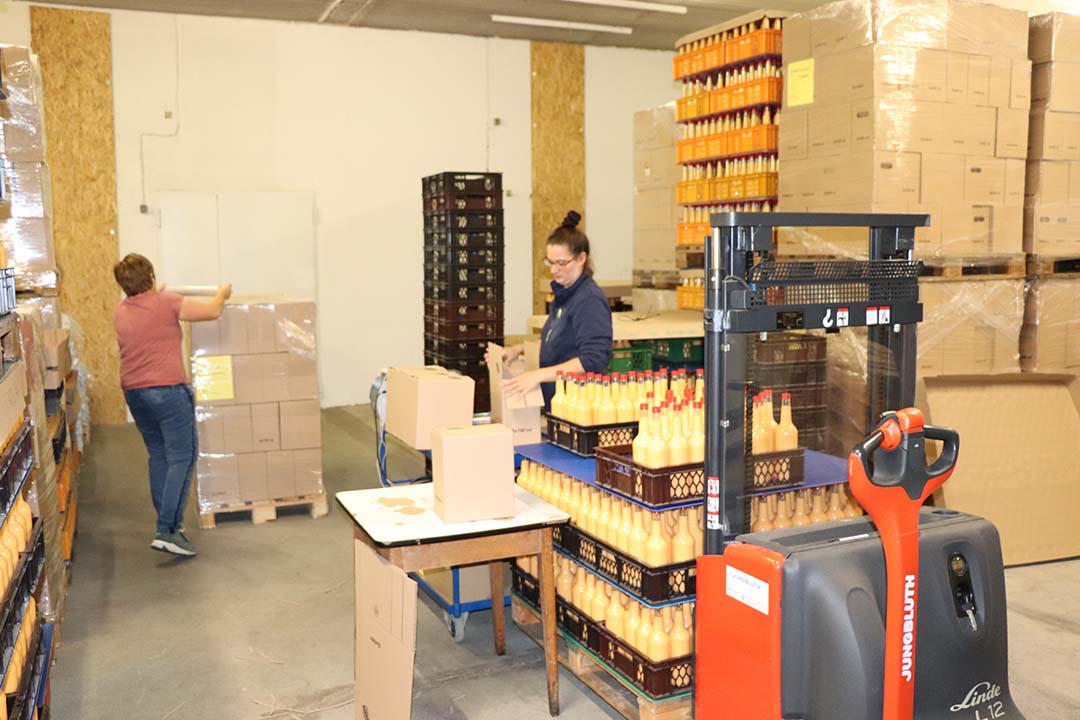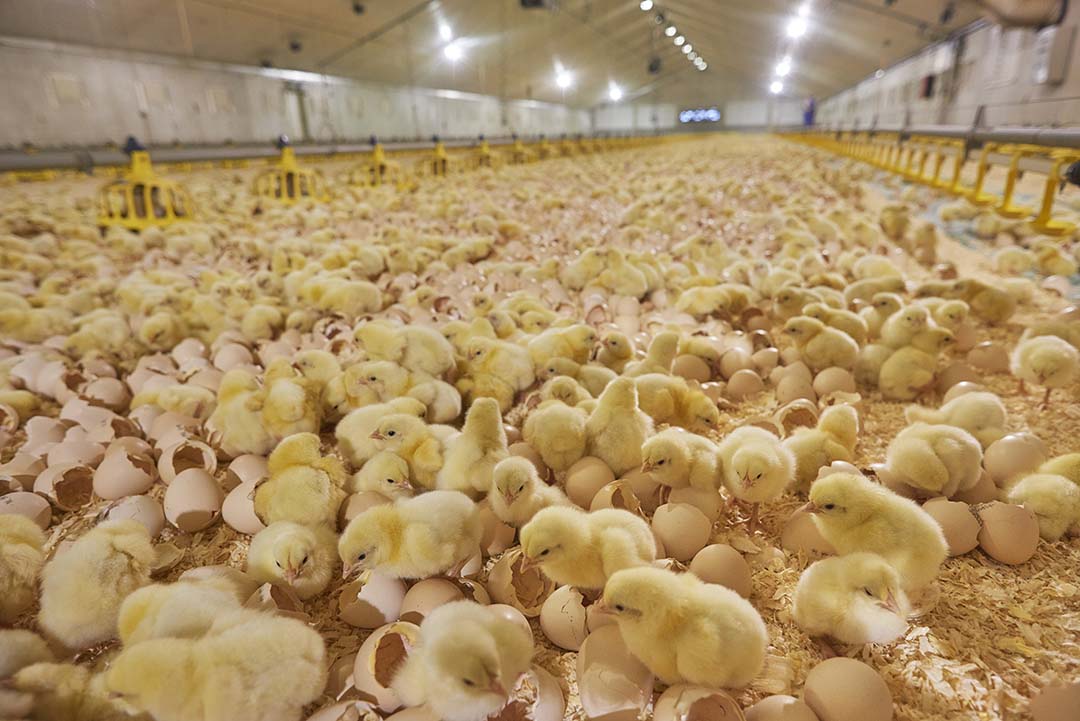Market trends in the latest edition of Poultry World

In this edition of Poultry World, specialists from Rabobank discuss trends and threats within the poultry sector. We investigate how on-farm hatching reduces the need for antibiotics, and take a look at how climate risks could jeopardise profits in the poultry farming in the near future. This and more in the latest edition of Poultry World.
Rabobank specialists discuss market trends
Rabobank experts Jeroen van den Hurk and Nan Dirk Mulder discuss trends and threats within the poultry sector, including the different ways agricultural companies are financed, Poland’s position as a poultry producer in the EU, the continued risk of avian influenza, and the meat substitutes market.
BRICS expansion increases grip on poultry market
At their meeting in South Africa, the current 5 BRICS member countries decided to admit 6 more countries on 1 January 2024. BRICS+ includes Egypt, Argentina, Ethiopia, Iran, Saudi Arabia and the UAE, to create a political and economic counterweight to the West, which, in 2021, also contributed 38.5% to the global production of chicken meat and 52% to the global production of shell eggs.
Unlocking hidden revenue with egg liqueur
In times of an egg oversupply, the grandmother of Alexander Hollmann used the surplus eggs to make egg liquor. By doing so, she circumvented the issue of fresh egg spoilage and was able to market the product at a premium. Today, the family produces about 100,000 litres of egg liqueur a year and, fortunately, their customers are still demanding more.

Identification and speciation of oocysts in turkeys
Coccidiosis, caused by Eimeria species, is one of the most economically detrimental diseases in the turkey industry. Location of the lesions in the intestine helps in identification and speciation of Eimeria oocysts. The availability of molecular diagnostic tools, such as PCR and sequencing, helps in discerning the Eimeria species.
On-farm hatching leads to significantly lower use of antimicrobials
In a case study, on-farm hatched flocks had significantly more antimicrobial-free flocks compared to traditional flocks. Furthermore, on-farm hatched flocks had a significantly lower treatment incidence, and farms using traditional hatching had a 5.6 times greater probability of using antimicrobials than those using on-farm hatching.

Meeting energy needs to perform
Animals eat with reasonably good precision to balance their nutrient intake with energy requirement. For birds, the selection of feed is influenced by many factors, including its appearance, taste and texture, as well as its nutrient content. And, while a chicken will eat a vast range of potential feedstuffs, selection is very discriminate and based on their long-term well-being.
Lighting regime makes all the difference
Light is considered an important management tool in broiler production. Getting light distribution, intermittent lighting and lighting colour right can impact growth and influence the uniformity of the flock.
As the world heats up, poultry farmers face an uncertain future
Calculations show that climate risks could jeopardise profits in the poultry farming sector by as early as 2030. Some data notes that North American livestock companies could be the most severely hit, with an average reduction in profit margins of 11% as rising feed prices and projected carbon taxes will drive most of the increase in climate costs for livestock.
 Beheer
Beheer











 WP Admin
WP Admin  Bewerk bericht
Bewerk bericht